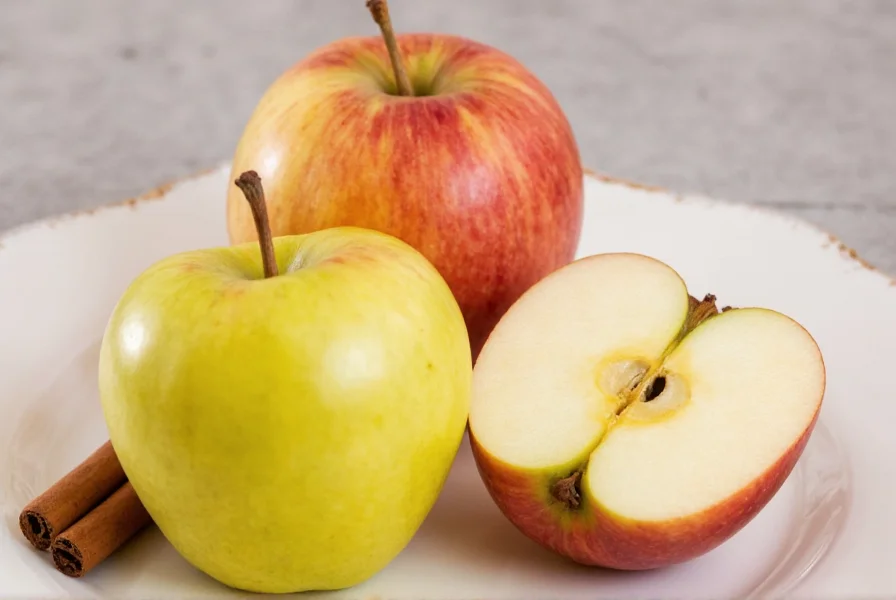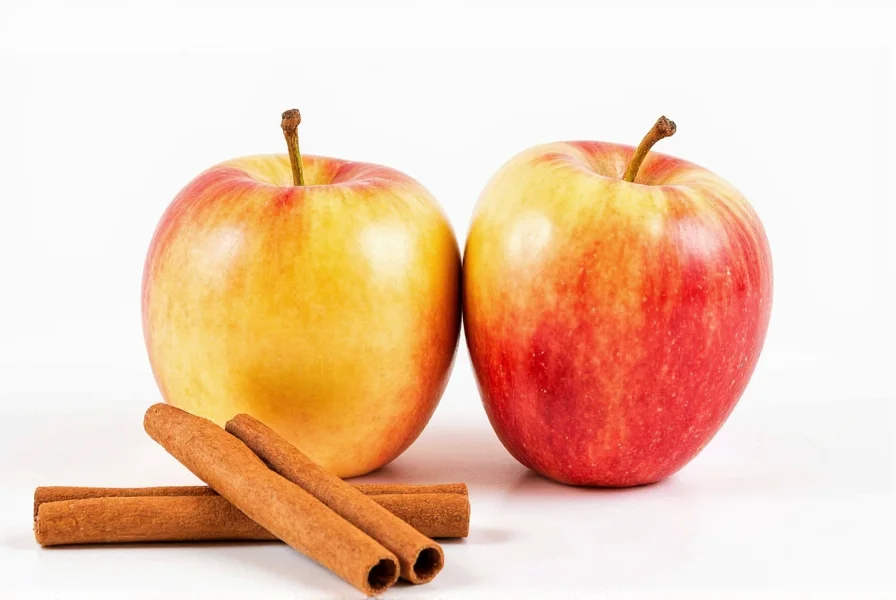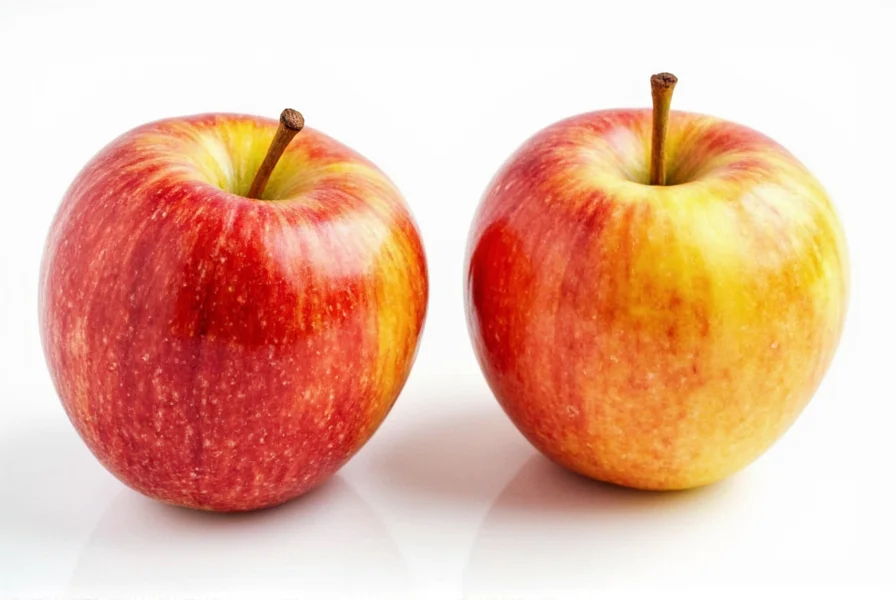For centuries, the apple and cinnamon pairing has delighted palates across cultures and continents. This timeless combination appears in everything from breakfast oatmeal to holiday desserts, but what makes these ingredients such a perfect match? Understanding the science behind this popular flavor pairing reveals why apple and cinnamon recipes continue to dominate cookbooks and kitchen traditions worldwide.
The Science Behind the Perfect Flavor Pairing
Food scientists have discovered that apples contain esters and aldehydes that naturally complement the cinnamaldehyde compounds in cinnamon. This chemical synergy creates what culinary experts call flavor layering—where neither ingredient overpowers the other but instead enhances the overall sensory experience. The natural sweetness of apples balances cinnamon's slight bitterness, while cinnamon's warmth amplifies the apple's fruity notes.
Research published in the Journal of Food Science shows that this pairing activates multiple taste receptors simultaneously, creating a more complex and satisfying eating experience than either ingredient alone. When preparing homemade apple cinnamon dishes, the heat from cooking releases additional aromatic compounds that further enhance this natural compatibility.

Nutritional Benefits of Apple and Cinnamon Combination
While primarily celebrated for its taste, the apple and cinnamon combination offers notable nutritional advantages. Apples provide dietary fiber, vitamin C, and various antioxidants, while cinnamon contributes manganese, calcium, and unique polyphenols. Together, they create a powerful antioxidant profile that may support overall health.
| Ingredient | Key Nutrients | Per 100g |
|---|---|---|
| Apple (with skin) | Fiber, Vitamin C, Potassium | 52 calories, 2.4g fiber |
| Cinnamon (ground) | Manganese, Calcium, Iron | 247 calories, 53.1g fiber |
| Apple with 1 tsp cinnamon | Enhanced antioxidant profile | Minimal additional calories |
Studies suggest that cinnamon may help moderate blood sugar response when consumed with carbohydrate-rich foods like apples. A 2022 review in Nutrients journal indicated that the combination could support metabolic health better than apples alone, though more research is needed. For those exploring healthy apple cinnamon snack ideas, this pairing offers flavor without requiring added sugars.
Traditional and Modern Culinary Applications
The versatility of apple and cinnamon extends far beyond the classic apple pie. Across global cuisines, this pairing appears in both sweet and savory contexts:
- Baked goods: From Dutch baby pancakes to cinnamon apple muffins
- Breakfast dishes: Oatmeal, yogurt parfaits, and smoothie bowls
- Savory applications: Moroccan tagines and roasted vegetable medleys
- Beverages: Teas, ciders, and specialty coffee drinks
Professional chefs recommend using tart apple varieties like Granny Smith for baking, as their firm texture holds up well to heat while balancing cinnamon's intensity. For quick apple cinnamon recipes that require minimal preparation, try thinly sliced apples tossed with a light sprinkle of cinnamon—perfect as a standalone snack or topping for Greek yogurt.
Selecting and Storing Your Ingredients
Choosing quality ingredients makes a significant difference in your apple cinnamon flavor combinations. For apples, look for firmness, vibrant color, and absence of bruises. Different apple varieties offer distinct flavor profiles:
- Granny Smith: Tart and firm, ideal for baking
- Honeycrisp: Sweet-tart balance, excellent raw or cooked
- Fuji: Very sweet, best for dishes requiring less added sugar
When selecting cinnamon, opt for Ceylon cinnamon (often labeled "true cinnamon") over the more common Cassia variety. Ceylon contains significantly lower levels of coumarin, a compound that may cause health concerns in large quantities. Store both ingredients properly—apples in the refrigerator's crisper drawer and cinnamon in an airtight container away from light—to preserve their flavor compounds and nutritional value.

Creating Perfect Apple Cinnamon Dishes at Home
Mastering the apple and cinnamon combination requires attention to proportion and timing. The ideal ratio depends on personal preference and the specific dish, but culinary experts generally recommend starting with 1-2 teaspoons of ground cinnamon per pound of apples. When using cinnamon sticks for infusions, remove them after 15-20 minutes of simmering to prevent bitterness.
For those experimenting with authentic apple cinnamon recipes, consider adding complementary ingredients that enhance the pairing:
- A splash of citrus juice to brighten flavors
- A pinch of nutmeg or allspice for complexity
- A small amount of vanilla to round out the profile
- A touch of honey only if necessary, as quality apples rarely need added sweetener
Remember that cooking time affects the flavor balance—longer cooking mutes cinnamon's intensity while concentrating the apple's natural sugars. For the best results with easy apple cinnamon desserts, add cinnamon early in the cooking process for infused flavor, then finish with a light dusting of fresh cinnamon just before serving.
Frequently Asked Questions
Can I eat apple and cinnamon every day?
Yes, consuming apple and cinnamon together daily is generally safe for most people. Apples provide valuable fiber and nutrients, while cinnamon in moderate amounts (about 1 teaspoon or less daily) offers potential health benefits. Those with liver conditions or taking certain medications should consult their healthcare provider first.
What's the best apple variety for cinnamon recipes?
Granny Smith apples are often considered the best for cinnamon recipes due to their tart flavor and firm texture that holds up well during cooking. Honeycrisp and Braeburn varieties also work well, offering a sweet-tart balance that complements cinnamon's warmth without becoming too soft.
Does cinnamon reduce the blood sugar impact of apples?
Research suggests cinnamon may help moderate blood sugar response when consumed with carbohydrate-rich foods like apples. Some studies indicate cinnamon can improve insulin sensitivity, potentially reducing the glycemic impact of apples. However, individual responses vary, and apples remain a nutritious choice regardless of cinnamon pairing.
How much cinnamon should I use with apples?
The ideal cinnamon-to-apple ratio depends on personal preference and the specific dish. As a general guideline, start with 1-2 teaspoons of ground cinnamon per pound of apples. For cinnamon sticks used in cooking, one 2-3 inch stick per pound of apples provides subtle flavor. Always taste and adjust as needed, remembering that cinnamon's flavor intensifies with cooking time.











 浙公网安备
33010002000092号
浙公网安备
33010002000092号 浙B2-20120091-4
浙B2-20120091-4